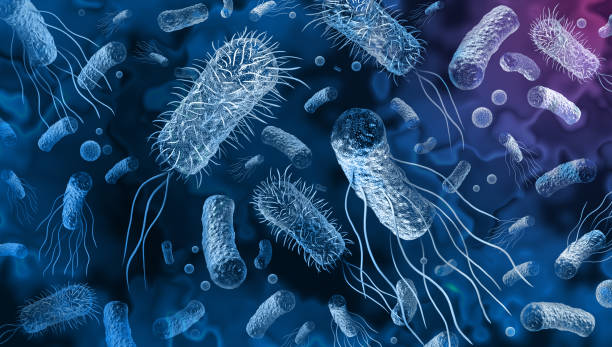A Dangerous but Misleadingly Named Bacterium
Salmonella is among the most widespread causes of food poisoning globally, known for spreading through contaminated food, water, and even contact with pets. Each year, the bacterium is responsible for roughly 1.35 million infections in the U.S., leading in foodborne illness-related hospitalizations and deaths. A recent outbreak, linked to a California egg producer, led to the recall of 1.7 million dozen eggs and at least 79 reported cases of illness as of early June.
Despite its aquatic-sounding name, salmonella has nothing to do with fish. The name’s origins lie in the late 19th century, tied to a dispute between two American researchers. The bacterium was named after Daniel E. Salmon, a veterinary pathologist whose laboratory was involved in its discovery. However, many historians believe it was his assistant, Theobald Smith, who first isolated the microorganism from sick pigs in 1885. The two were researching the cause of hog cholera at the time, and the pathogen was initially labeled “hog-cholera bacillus.”
A Legacy of Scientific Tension and Progress
The debate over who deserved credit created tension between Salmon and Smith, but their research contributed significantly to advances in public health, laying groundwork that would eventually support the development of vaccines like the one for polio. In 1900, bacteriologist Joseph Leon Lignières proposed the name “salmonella” to honor Salmon. The naming followed scientific conventions that include adding the Latin suffix “ella,” as seen in other microorganisms like Chlorella, named for its green color, and Legionella, named after a notable outbreak at an American Legion convention.
Salmonella Through the Ages
The bacterium’s presence in human populations predates its naming. In 2017, researchers discovered that a deadly strain may have contributed to the fall of the Aztec Empire over 500 years ago. A year later, another strain was detected in the remains of an 800-year-old skeleton found in Norway, suggesting the pathogen’s long-standing presence across civilizations.
One of the most well-known salmonella-related cases involves Mary Mallon, later known as “Typhoid Mary,” an Irish immigrant who moved to New York in the 1880s. Unaware that she carried Salmonella typhi, the bacterium responsible for typhoid fever, she transmitted the illness to multiple families while working as a cook. Public health expert George Soper traced the source of several infections to Mallon, who reacted violently when approached for samples of her blood, urine, and stool, once even attacking Soper with a carving fork.
A Case That Changed Public Health Policy
By 1907, roughly 3,000 people had been infected with S. typhi in New York, and Mallon was believed to be the common link. She was forcibly quarantined for over two years. After her release, additional infections were traced back to her, and she was permanently confined for the remainder of her life. Her story remains a classic example of the ethical challenges in balancing individual rights with public health concerns.
An Ongoing Threat Amid Regulatory Changes
More than a century later, salmonella continues to pose a serious health risk. It is currently the second-leading cause of foodborne illness in the U.S., following norovirus. Around 25% of cases stem from eating contaminated chicken or turkey, but outbreaks have also been linked to other sources, including cucumbers, cantaloupe, pet turtles, and most recently, eggs. These cases have emerged during a time when substantial budget cuts have affected the three primary federal agencies responsible for food safety: the Food and Drug Administration, the Department of Agriculture, and the Centers for Disease Control and Prevention.
Officials from these agencies have stated that despite the recent changes, their commitment to food safety remains unchanged. The CDC has affirmed that it continues to work with states to respond to and contain outbreaks of foodborne illnesses, including salmonella.



